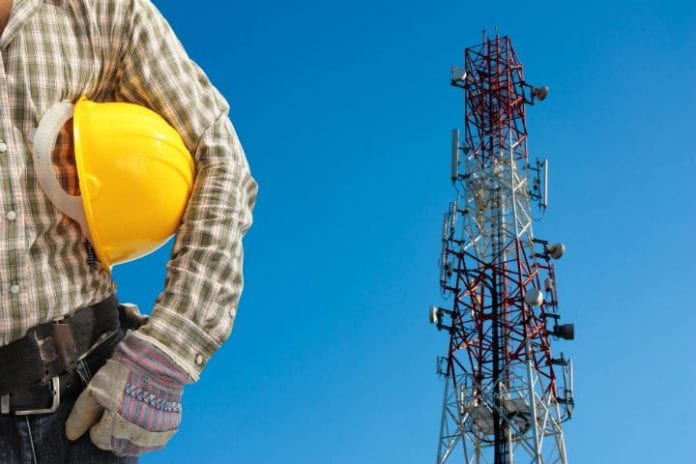At the next football game at your local high school, look around at the students sitting in the stands. They’re all unique in their own way, but one thing is consistent: nearly all of them have some sort of wireless, mobile device in their hands occupying their attention. These kids are not simply today’s student body, they’re tomorrow’s workforce, and it will be up to their future employers to better understand how to engage these employees in a way that they understand.
Consider the fact that most high school students are 17 or 18 years old when they graduate. Most students leave home to pursue a college or trade school degree before entering the “real world.” No matter the path they choose, the majority of these students end up in an office job. In fact, Mike Rowe, best known for hosting shows promoting “Dirty Jobs” noted in testimony before Congress that culturally, Americans are moving away from jobs that require physical labor.
Rowe’s comments are borne out in a 2013 survey from the Bureau of Labor and Statistics, the last year for which data is available. The average age of a person working in installation, maintenance and repair is 43.
This is a problem for field service operations. These are the people (mostly men) who repair machinery, climb to the top of a cell tower to swap out a circuit board or fix the cables feeding our underlying communications infrastructure. These workers are essential to successful business operations, but unfortunately the next generation is not pursuing this career path.
Rowe told Congress people don’t want their kids to go into what they consider “dirty jobs.” That is, jobs requiring more physical labor and jobs that most of our parents proudly held to provide for their families. Nowadays, parents want their kids to have a “better” job or career trajectory than of their own.
But in a technology-driven world with kids using iPads to gather information in the same way previous generations relied on books, how can we interest them in more labor-focused industries?
The answer is to make these jobs “cool” again, and like many things in modern business this will require big data and the “Internet of Things.”
Looking at the future of the maintenance technician requires first looking at what drives teens today. These are digital natives who are far more comfortable reading data on their handheld devices than they are with a screwdriver and wrench. They understand data and use it to make decisions, often before taking a physical action. This differs greatly from their predecessors who would take apart machines of all shapes and sizes just to learn how they work. The future technicians are more likely to search for schematics and designs on Google or watch a video on YouTube before they attack the problem themselves.
Let’s also not forget how comfortable today’s tech-savvy teens are with mobile devices, this in turn will make tomorrow’s workers more mobile. Even in today’s mobility environment, field service employees want to determine how they access information and how they communicate – whether it’s reading the manual, texting the supervisor or calling the dispatch center.
So what will the future technician look like? In short, they will be:
• Tech first – These are people who grew up with a smartphone in their hands. They were weaned on a constant flow of data and information. They expect nothing less of their employers.
• Unsupervised – Today’s workers know they can work anywhere, thanks in part to their smartphones. They expect to have information at their fingertips no matter their location.
• In need of training – No school will prepare the future technicians for the specific needs of any service organization, so training will be key.
The challenge for companies today is to be ready for this future workforce. That means understanding how to capture the data that their machinery is already producing, analyze it and then deliver information to mobile devices so their technicians can make decisions before they arrive on site.
Keep in mind the sensors that are increasingly embedded into machinery, creating massive amounts of data, so it’s not enough to just pass along raw data to the technicians. This is where big data and IoT intersect. A system must be in place that interprets information, identifies problems and then presents issues, along with recommendations, so the technician can make repairs.
The companies that respond to these technological advances will be the first to attract tomorrow’s technicians and set the path for the future of the service industry.
Jerry Dolinsky has more than 25 years of software industry experience. Prior to joining Verisae, Dolinsky served as an investor and executive for Knoa Software, a New York-based startup that provides solutions in end-user performance management. Before Knoa Software, Dolinsky served as Retek’s EVP of worldwide field operations. During his tenure with Retek, Dolinsky played key roles in helping the annual sales grow from under $10 million to nearly $200 million. The sales growth led to a successful initial public offering and ultimately the sale of Retek to Oracle in 2005 for almost $700 million.
Editor’s Note: The RCR Wireless News Reality Check section is where C-level executives and advisory firms from across the mobile industry share unique insights and experiences.

